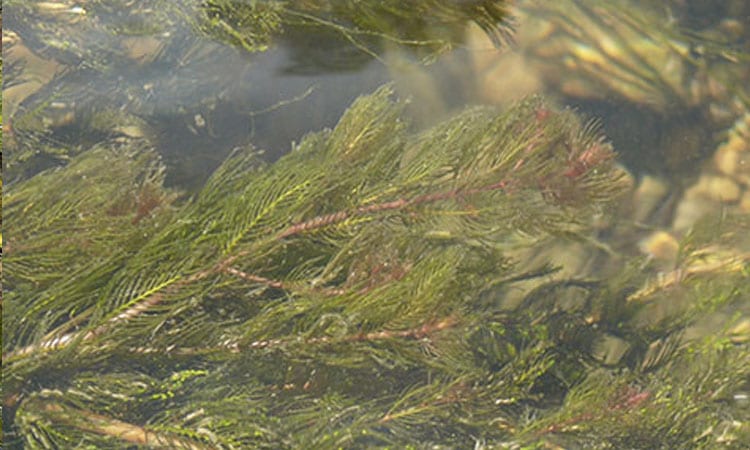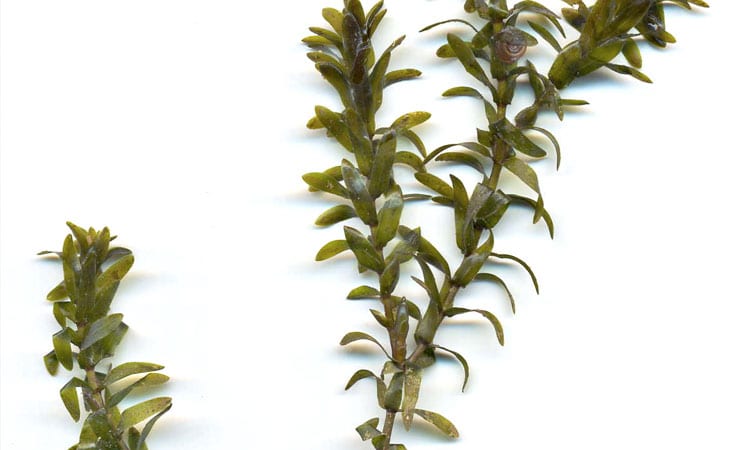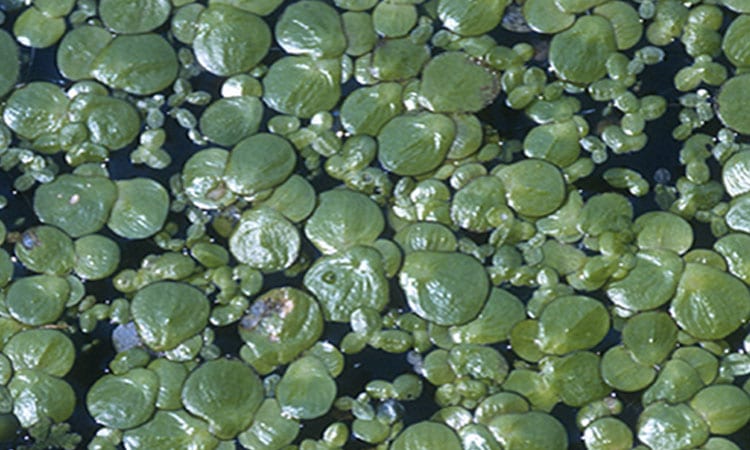Aquatic weeds can be a nuisance in ponds, lakes, and water features. They not only affect the aesthetics but also impact the overall health of the ecosystem. Learning how to Identify Common Aquatic Weeds is crucial for maintaining a healthy pond ecosystem.
Let’s explore various types of aquatic weeds and their characteristics:
1. Free-Floating Weeds:
- These aquatic plants float on the water surface without being anchored to the pond bed.
- Duckweed: A small green plant that multiplies rapidly, covering entire surfaces. It can block sunlight to submerged plants.
- Water Hyacinth: Known for its conspicuous purple flowers, it also poses invasive tendencies if not controlled.
2. Submerged Weeds:
- These weeds grow entirely underwater, with only their flowering parts rising above the surface.
- Coontail: Recognizable by its branching stems and feathery leaves.
- Milfoil: Has finely divided leaves and can form dense mats.
- Chara: Often mistaken for algae due to its appearance, it has a musky odor and gritty texture.
3. Emergent Weeds:
- These rooted plants grow along the shoreline, standing above the water surface.
- Cattails: Provide habitat but can dominate if left unchecked.
- Bulrushes: Integral for bank stabilization and wildlife habitat.
Some of the Most Common Aquatic Weeds
-
Duckweed (Lemna spp.)
- Appearance: Tiny, free-floating plants resembling green discs.
- Growth: Multiplies rapidly and can cover the water surface.
- Impact: Reduces light penetration, affecting other aquatic life.
- Appearance: Submerged plants with long, slender leaves.
- Growth: Forms dense mats underwater.
- Impact: Competes with native vegetation for nutrients.
-
Milfoil (Myriophyllum spicatum)
- Appearance: Feathery underwater plants with finely divided leaves.
- Growth: Aggressive growth, choking out native plants.
- Impact: Alters water chemistry and disrupts the ecosystem.
Lake Weed Identification Tips
- Leaf Shape: Observe the shape of leaves (e.g., round for duckweed, slender for elodea).
- Color: Duckweed is bright green, while elodea and milfoil have darker green hues.
- Growth Pattern: Duckweed floats freely, elodea grows underwater, and milfoil is submerged.
Early identification of aquatic weeds is crucial for maintaining a healthy pond. By implementing non-chemical control methods, you can keep these invaders in check and enjoy a thriving aquatic environment.
Remember, a little weed management goes a long way!



